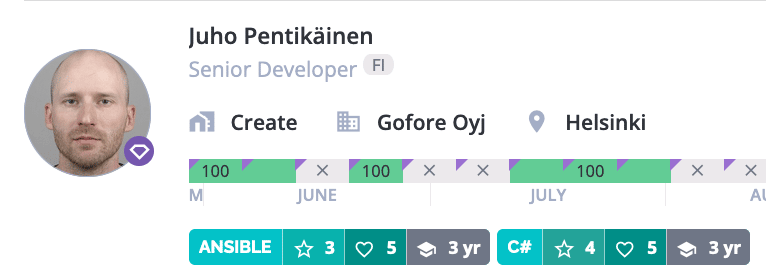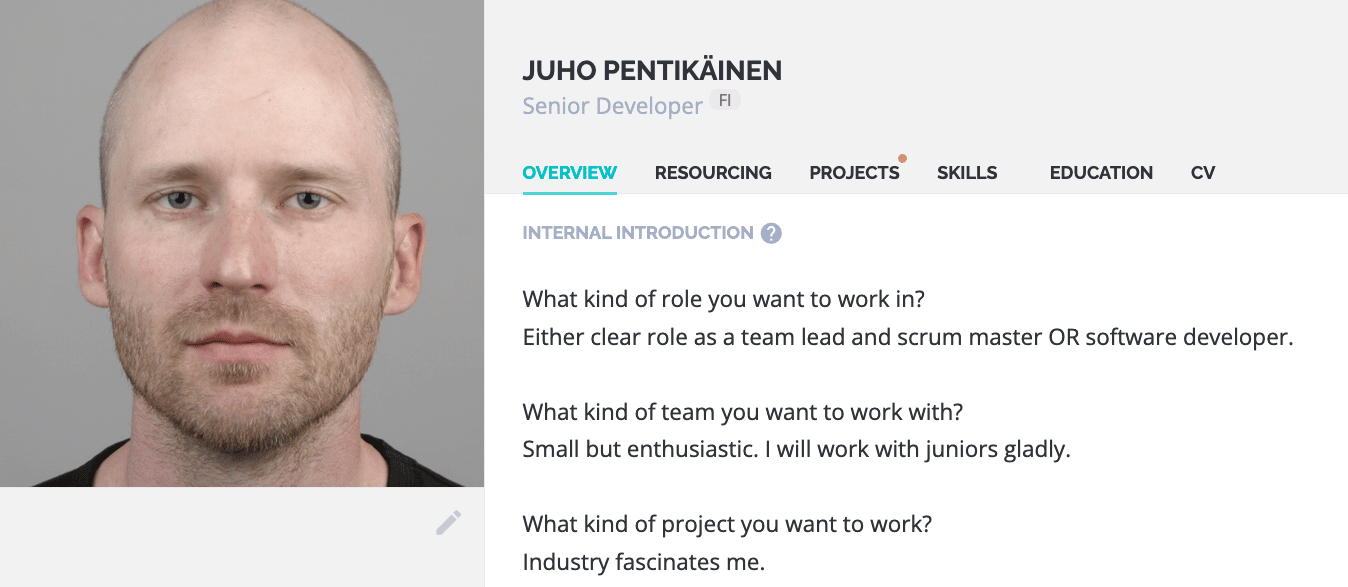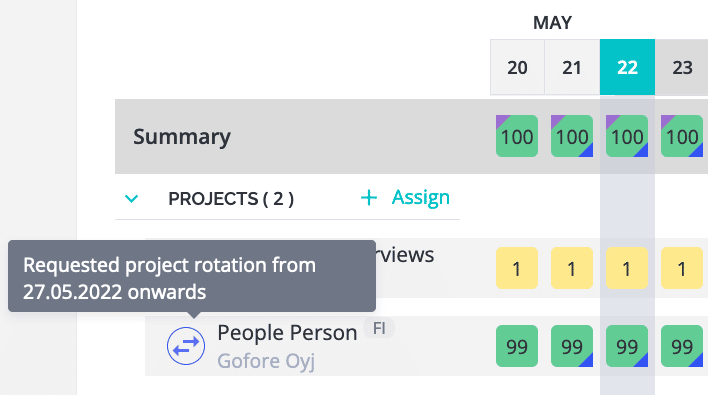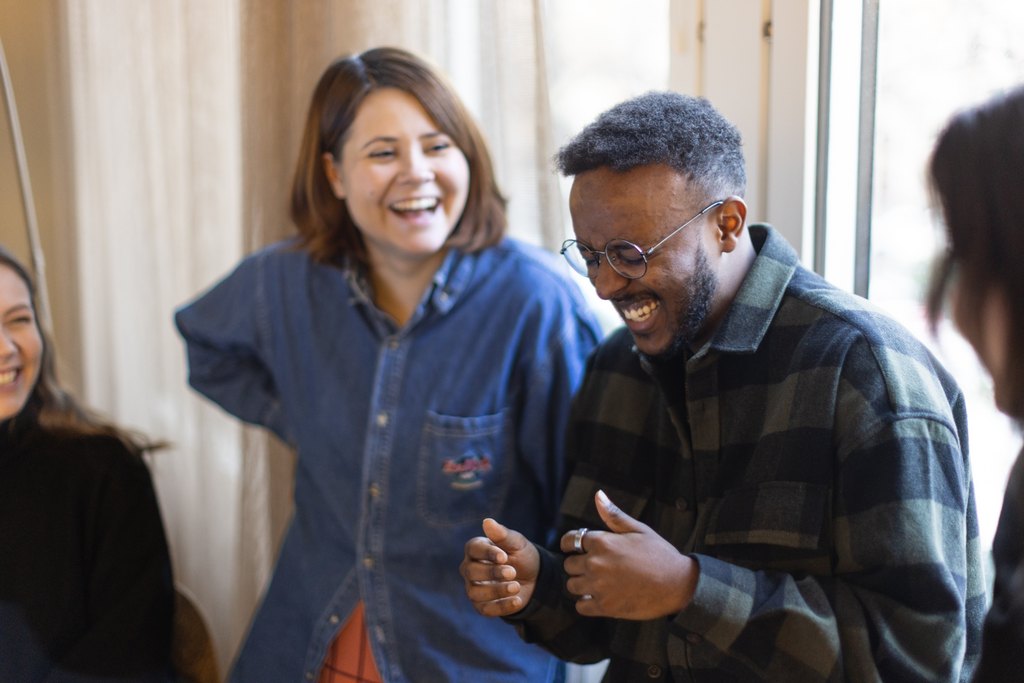Hi developer, have you ever been really disappointed with the content of your work? Namely, I was and I want to make sure that you did not do the same thing. This is how it is done at Gofore.
Background story – My disappointment
I slipped myself working for Gofore as a “career exchanger” about seven years ago. I wanted to learn web development with a modern stack.
I was already an experienced developer of industrial and mobile Windows desktop applications. I wanted to learn how to make modern web applications including Node, Angular, React, and Java. I chose Gofore because I rated the company’s development opportunities as the best, even though there were other offers on the table with a better salary.
The start at Gofore was a small surprise. Because of my background, I ended up doing maintenance for an application that was implemented with Java 1.4 for Windows CE. In a way, a pretty hardcore development that could have been fun, but in addition to the end-of-the-lifecycle technologies, the project was one man’s maintenance with another vendor’s developers. So I was there mostly alone with the neighboring company’s collared shirts.
All’s well that ends well. I used company time to study new technologies alongside my project, I attended a Scrum master’s degree with company money and since then I have ended up with really interesting projects, later as People Person and now lastly to connect developers and projects.
When I got to say how developers and projects are matched in the future, I wanted to make sure others would not get the same experience.
And this is how it’s done!
1 – Express your wishes
Gofore’s system for connecting projects and people is Hohto (Shine). It is our self-developed system that accommodates customer needs and developer profiles among some other cool features.
There are two ways to portray a developer’s interests: skills and free description.
Skills ⭐️ describe the level of competence and ❤️ one’s own interest in technology. For example, I still like C # myself and master the technique well, so I have marked 4 ⭐️ and 5 ❤️ in Hohto.

In addition to this information, there are much more difficult interests to model, so the free text is better suited to describe them. We have a ready-made eight-question battery that we ask every developer to fill out.
For example, “what kind of role you want to work in” already provides a good opportunity to describe your own dream role much more broadly than just skills.

This information is crucial for the next phase which is project matching.
2 – Project matching
In Hohto, all customer needs are transparent to everyone and everyone has an equal opportunity to get to the project they want. The same Hohto card can be viewed by everyone from an office assistant to a finance manager.
For all freed-up and new developers, their own people person (aka caregiver) will suggest suitable projects. People Person know their own people best and already know how to spot suitable projects.
Proposing is therefore important to maintain an active grip in matching projects and people. This way, everyone gets to the appropriate cards (they can also come and suggest themselves) to the appropriate cards and have a say on their project.
In many cases, there are many good options, and then we expect the developer to prioritize the needs so that we can make choices when winning multiple bids.

3 – Project rotation
Did we fail the project match? It happens sometimes because the information is not available or updated. Also, people’s interests, needs, life situations, and development interests change over time.

The solution for this is project rotation. You probably guessed already, but it happens also in Hohto with the help of People Person.



